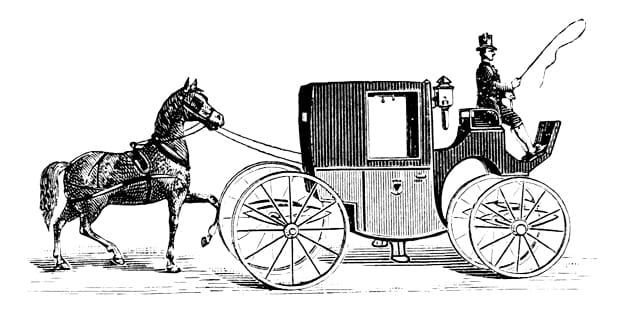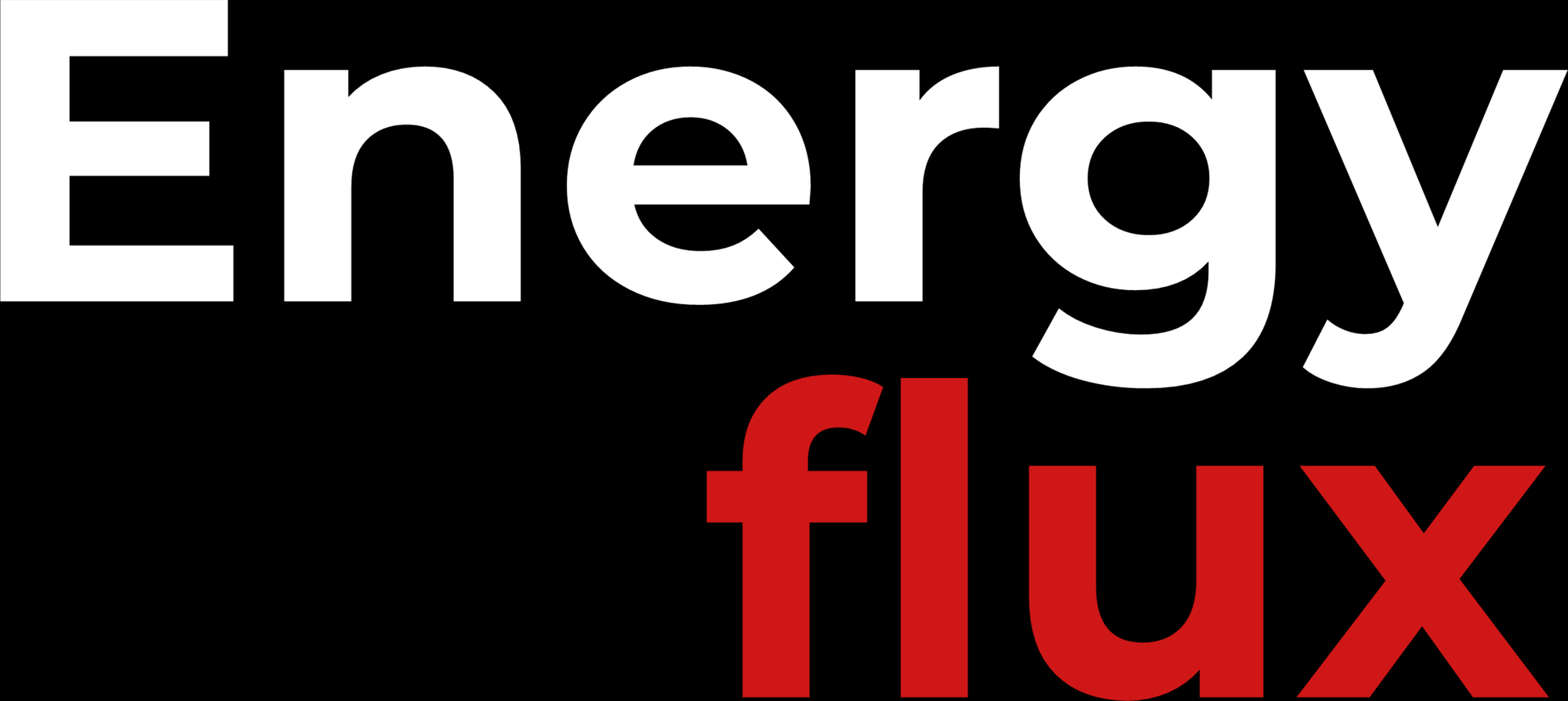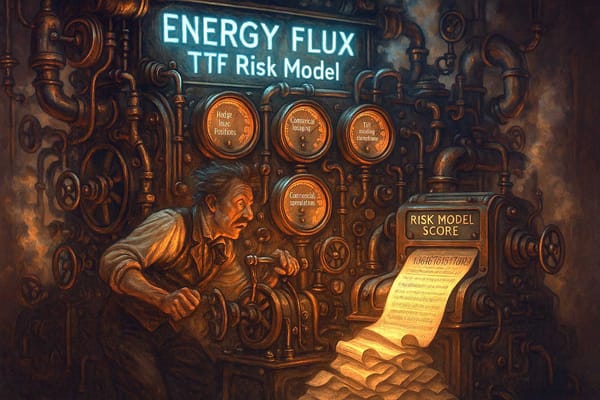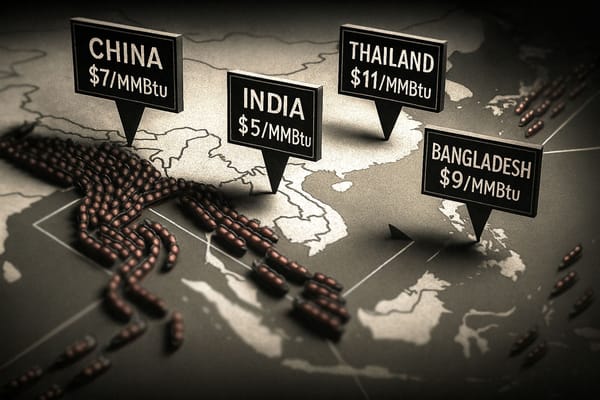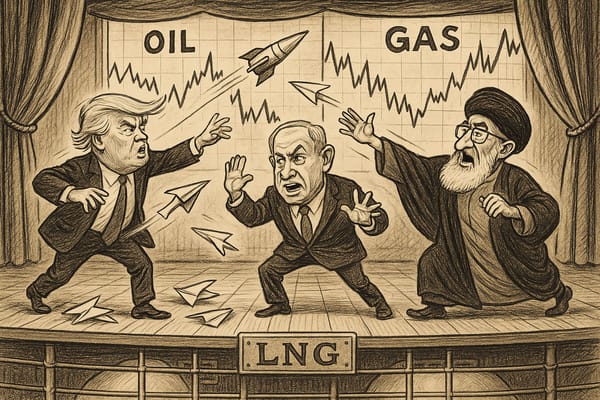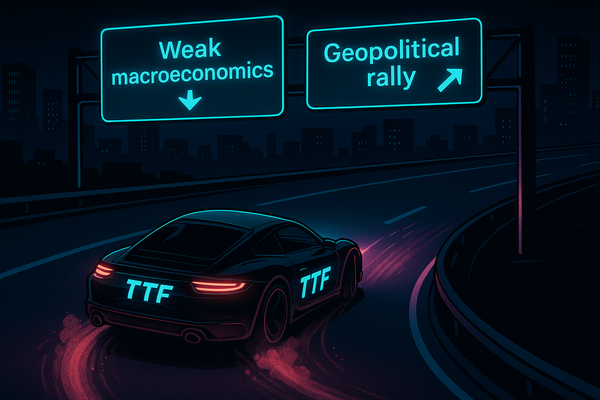Policy miasma: Failure to crack down on methane emissions thwarts EU’s ‘clean hydrogen’ push
The European Commission is putting hydrogen at the heart of the EU Green Deal without first driving the most potent climate-warming gas out of the fuel required to produce it.
